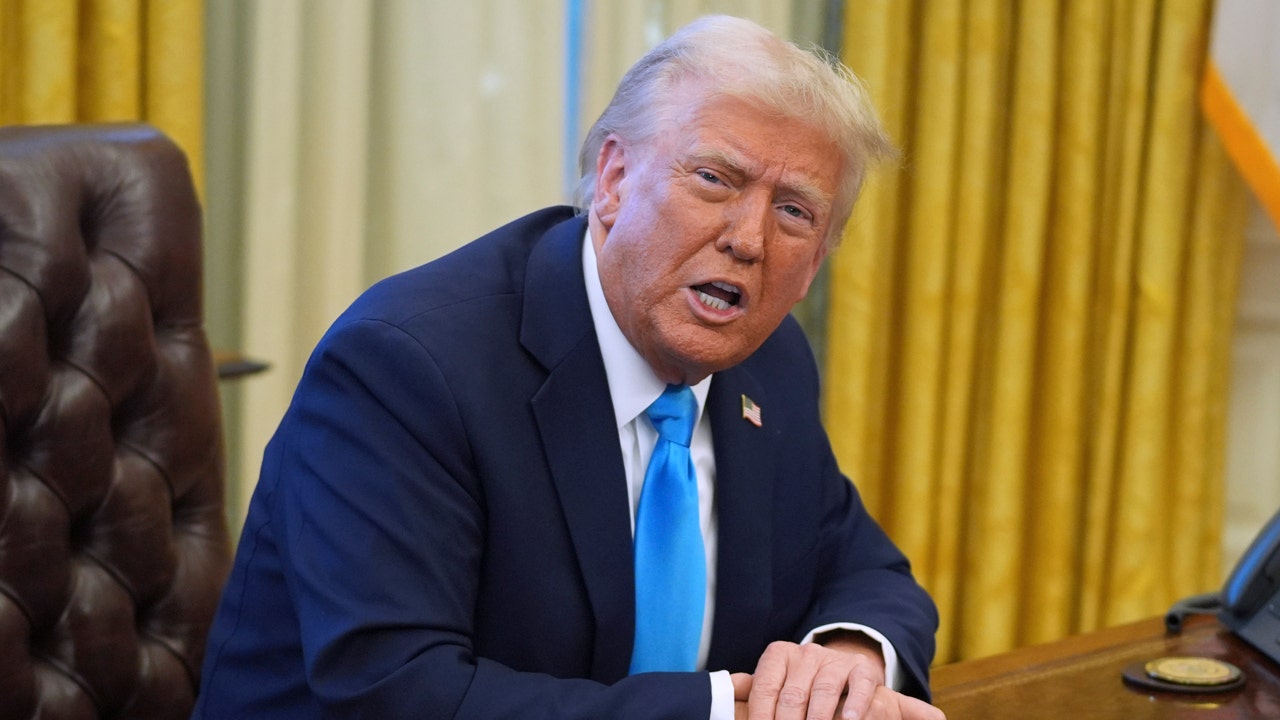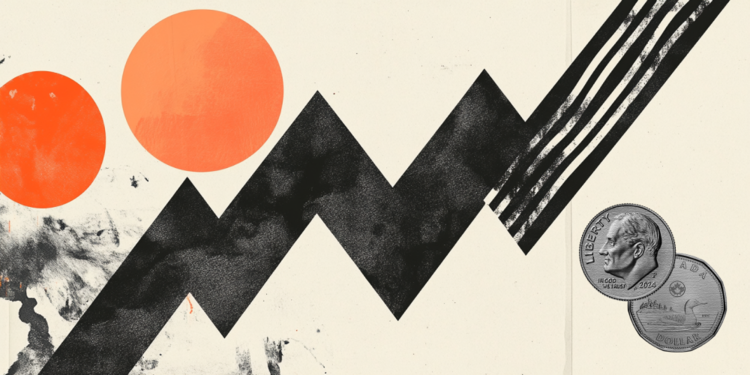Democrats’ demographic problem is ideological: They’re becoming more liberal, but America remains more conservative.
What’s more, one of Democrats’ traditionally most important groups, young voters, is becoming more conservative, too. If they continue, these trends will lead Democrats into long-term minority status.
According to a recent Gallup poll, for the third year in a row, Republicans led Democrats among voters who identified with one of the two parties or leaned toward it. In 2024, the Republicans’ lead was 46-45 percent; in 2023, it was 45-43 percent and in 2022, it was 45-44 percent.
Prior to these three years, the last time Gallup found Republicans leading in this metric was 1991; the last time Republicans were even tied was 2011.
If this is bad news for Democrats, there’s still worse. Gallup also found that liberals are still America’s smallest ideological group — 25 percent of the public versus 37 percent conservatives and 34 percent moderates — even as Democrats become decidedly more liberal. In 2024, Gallup found that liberals comprised 55 percent of the party — an all-time high.
Liberals’ rise within the Democrat party has been remarkably fast. Despite their stereotype, had never been a majority among Democrats until 2018. As recently as 2011, liberals were just 39 percent of Democrats; as recently as 2002, they were just 29 percent; in 1997, only 27 percent of Democrats were liberals.
In just one generation, then, liberals have doubled their percentage within the Democratic Party.
In politics, it is always dangerous to move away from the leading ideological group; it is even more so when you are moving so strongly toward the smallest ideological minority. Yet Democrats’ plight is worse still.
Over the last three years, Republicans have made notable gains with many demographic groups — from 27 percent to 36 percent among Hispanics and from 12 percent to 17 percent among Blacks. However, their improvement from 33 percent to 39 percent of young voters is especially significant. Not only has this been a particularly strong Democrat bloc historically, but age cohorts exhibit a pattern of becoming more conservative over time.
Presidential exit polling in 2024 showed that Kamala Harris’s largest lead among voters based on age was her 11-point margin among 18- to 29-year-olds. With 30 to 44-year-olds, Harris’s lead was just four points. And among 45 to 64-year-olds and 65-and-older voters, she lost.
The danger in losing ground among younger voters now is that when this group moves up the age scale, they could become even more conservative than voters in today’s older cohorts — groups Democrats are already losing.
In essence, Democrats need big majorities among younger voters to offset later future losses as they age. And older cohorts are especially important, because they comprise such a large portion of the electorate: in 2024, those 45 and older were 63 percent of voters, while those 18-44 were just 37 percent.
Democrats find themselves stuck between two negative trends: increasingly dependent on America’s smallest ideological minority for support, while their most supportive age cohort is less liberal and likely to become even more conservative.
Obviously, the political answer for Democrats is to become more moderate. But as recent actions show, they’re not budging from their losing leftist ideology. If anything, they’re becoming more adamantly liberal.
An early example came right after Trump’s victory when Democratic officials pronounced resistance to the incoming Trump administration — on actions like illegal immigration, environmental extremism and transgender surgeries on children. The same indication has manifested itself in two early House votes.
The first was the Laken Riley Act, to strengthen law enforcement’s hand against illegal immigrants who commit crimes. Although it passed on Jan. 25 with bipartisan support, only 23 percent of House Democrats voted for it. The second was the Protection of Women and Girls in Sports Act, which passed Jan. 14 with only two of 215 Democrats voting for it.
The reason for Democrats’ seemingly oblivious political positioning is clear from the earlier polling data. Liberals make up 55 percent of their supporters; moderates are only 34 percent and self-identified conservatives only 9 percent. Democrats cannot just walk away from politically poor liberal positions because the liberal majority in their party will not let them.
Democrats’ problems are deeper than they seem. It is one thing to lose an election. It is another altogether to lose an electorate. Democrats’ current trajectory leads toward long-term minority status. And it’s not clear who or what could pull their own majority back from the brink or their party away from its base.
J.T. Young is the author of the recent book, “Unprecedented Assault: How Big Government Unleashed America’s Socialist Left” from RealClear Publishing. He has over three decades’ experience working in Congress, the Department of Treasury, the Office of Management, and Budget, and representing a Fortune 20 company.
Copyright 2025 Nexstar Media, Inc. All rights reserved. This material may not be published, broadcast, rewritten, or redistributed.
For the latest news, weather, sports, and streaming video, head to The Hill.











